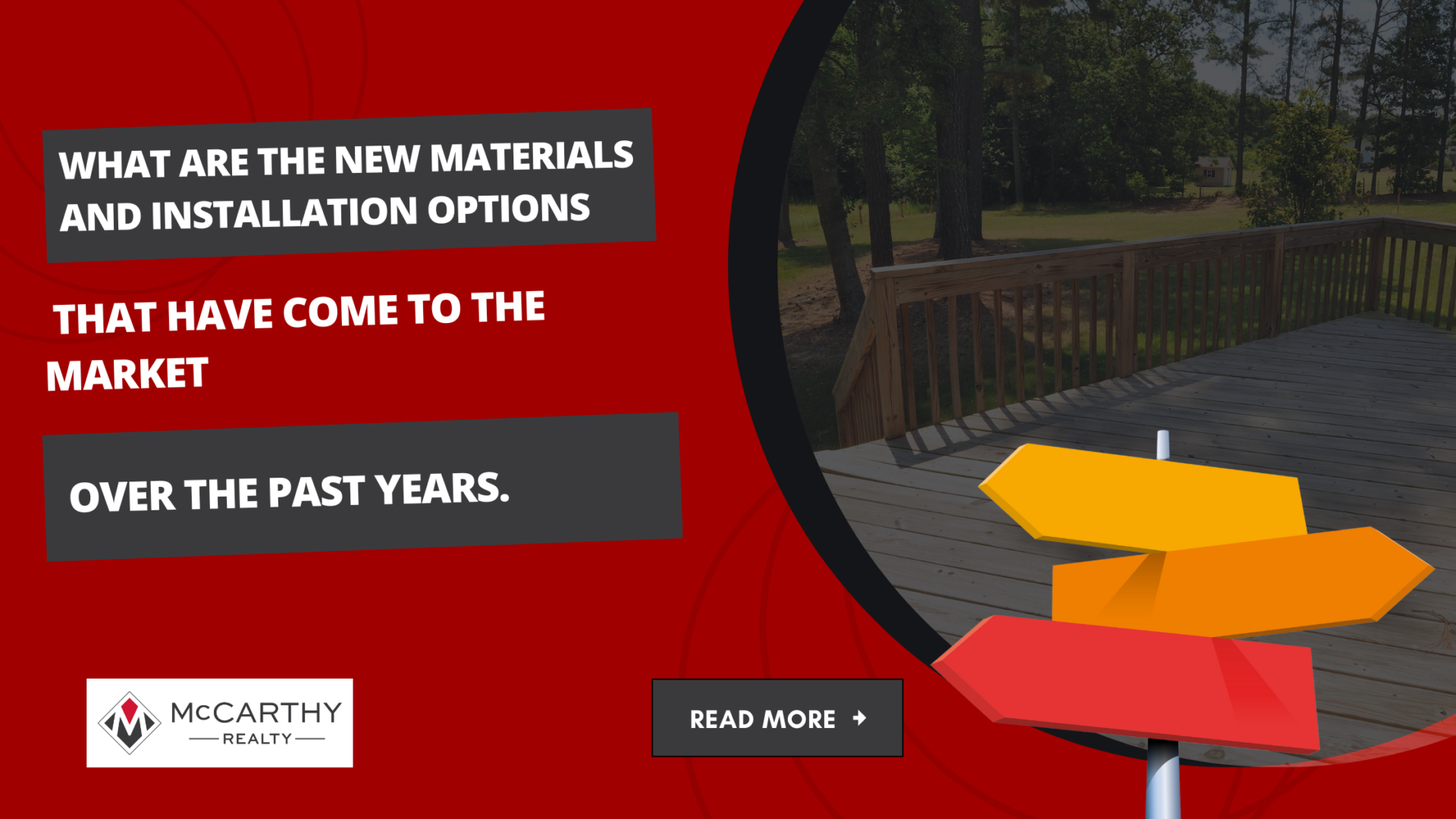Deciding what kind of decking material to use for your new or upgraded deck is one of your most critical decisions. Choosing the right material is important because it will affect how your deck looks, how much maintenance you have to do, and most importantly, whether or not it’s safe for you and your family.
But with so many options and price ranges, it’s hard! Here are some recommendations that will help you choose:
6 Deck Material Options
Not long ago, redwood and cedar were the only options for decking materials. Nowadays, there are many more types to choose from:
Pressure-Treated Wood for Decks
Pressure-treated decking is made of fir that has been impregnated with anti-rot and insecticide agents. The wood’s initial treatment included arsenic, but since 2004 it has relied on less poisonous copper—only a health hazard if burned.
Pressure-treated decking is initially tan or brown but can be stained to enhance its color. Pressure-treated lumber must be refinished every other year with a clear sealer or stain to maintain the wood’s lifespan of decades.
The construction cost of a pressure-treated deck: is about $2.35 per square foot (Labor is extra.)
Cedar Decking
Real wood offers unmatched beauty and is inexpensive, easy to work with—and perfect for do-it-yourselfers! Buy wood that has a darker-colored heartwood and is free of sapwood; “heartwood common” and “construction common” are the most desirable. Cedar decks typically last about 15 to 20 years and must be stripped, sanded, or refinished every three or four years. The average cost of cedar decking is $3.75 per square foot for materials only (labor costs extra).
Redwood
Redwood was once considered the best decking material but is now only available on the West Coast and is expensive. It’s lightweight, strong, and easy to work with—but only select high-grade lumber that has little of the cream-colored sapwood (otherwise, decking made from inferior redwoods will deteriorate when exposed to weather). Redwood’s darker-colored heartwood is naturally resistant to rot. With regular maintenance, redwood can last 15 or 20 years. Redwood decking costs about $7.75 per square foot for materials only.
Vinyl Decking
PVC decking is gaining popularity for its low maintenance qualities and durability and is the newest type of decking to hit the market. PVC is made from polyvinyl chloride, a durable material with no wood content, and comes in white, gray, or brown. A 25-year warranty protects against defects.
A vinyl decking costs about $7.50 per square foot for a hollow core; $9.50 for a solid core.
Composite Decking
Composite decking, made of recycled polyethylene combined with wood fiber, requires little maintenance and is an attractive addition to any yard. Composites come in a wide range of colors and textures that resemble real wood. It is also possible to heat planks to bend into eye-catching patterns for inlaid designs. Due to the high quality of its materials, a premium deck comes with a 25-year warranty. Although it requires minimal maintenance, any wood product can be susceptible to mold if not regularly cleaned with a deck wash. Composite decking costs between $7 and 9.2 cents per square foot to install.
Ipe
Ipe, a hardwood from South America, is beautiful and naturally resistant to rot. It’s also extremely durable—but because of its hardness, it must be sealed yearly (to maintain its rich appearance). Ipe can last 25 years or more if properly maintained.)
Wood importers often purchase timber from countries that have been deforested or overharvested. To ensure the wood is sustainably procured, ask your supplier to get it certified by the Forest Stewardship Council (FSC).
The cost for ipe decking depends on whether you buy the wood or hire someone to install it. If you do the work yourself, it’s about $12 for each square foot of material—but installation can be tricky and will most likely require a pro.
Deck Maintenance
Wood decking must be refinished annually to maintain its original luster. If you do it yourself, plan on paying about $13 per 100 square feet for deck cleaner, $15 for sealer (if this is your first time doing the job), and an additional $10 if you’ve skipped a season.
In tough climates or when maintenance has been long deferred, a wood deck must be washed, stripped of old finishes, and sanded down. Then it can be re-stained or stained anew—a process that costs $2.50 per sq ft if contractors do all the work but less if you opt for do-it-yourself (DIY) methods instead.
Treating your cedar deck with a chemical cleaner twice a year would be unwise. If you needed to get rid of mildew and other mold, it would have been better for the environment (and cheaper) if you had bought synthetic or plastic decking that only needs washing now and then—and lasts 25 years versus ten years for natural wood.

